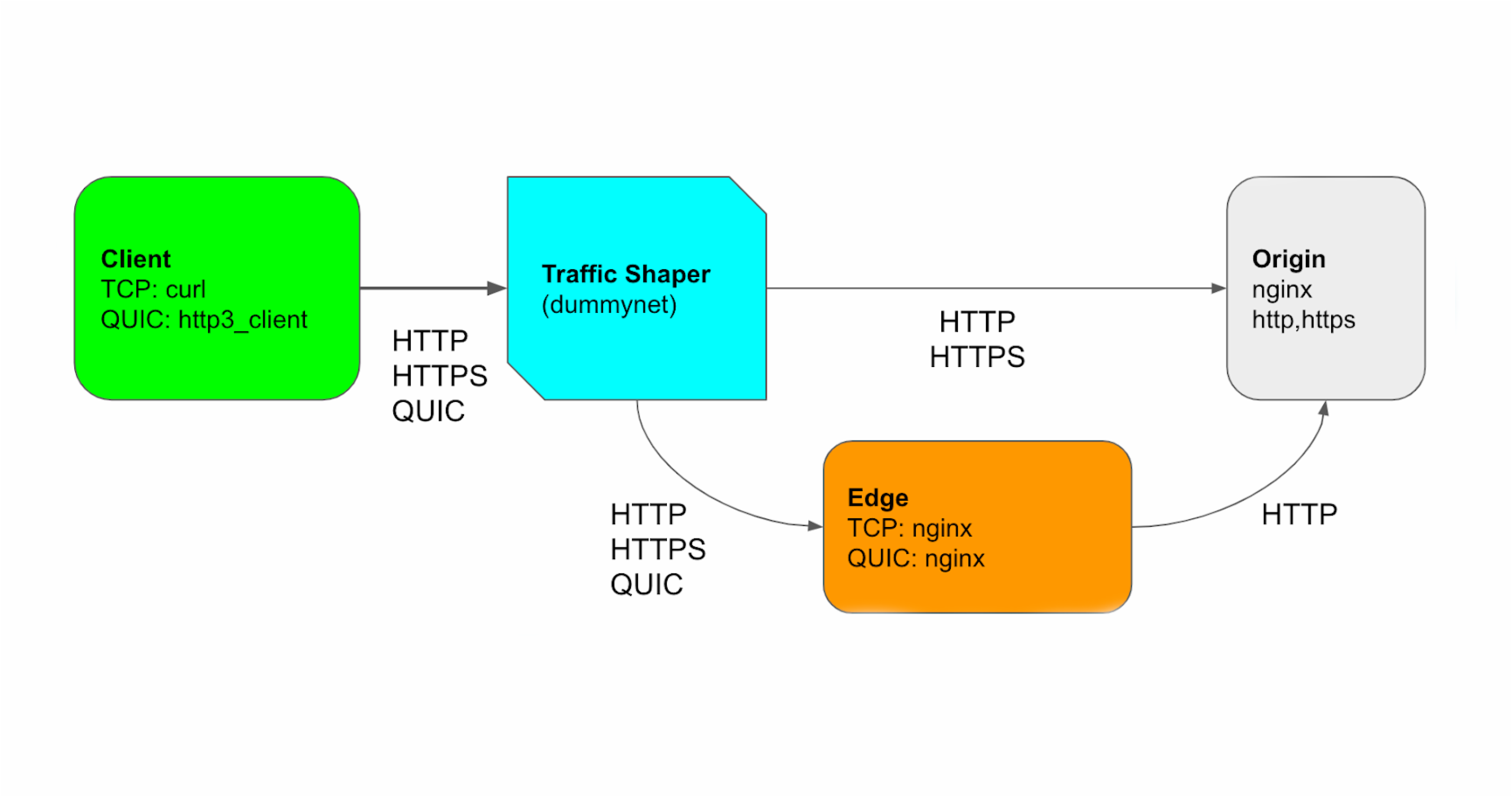Serverless computing: Ready or not?
Until a few years ago, physical servers were a bedrock technology, the beating digital heart of every data center. Then the cloud materialized. Today, as organizations continue to shovel an ever-growing number of services toward cloud providers, on-premises servers seem to be on the verge of becoming an endangered species.Serverless computing is doing its share to accelerate the demise of on-premises servers. The concept of turning to a cloud provider to dynamically manage the allocation of machine resources and bill users only for the actual amount of resources consumed by applications is gaining increasing acceptance. A late 2019 survey conducted by technical media and training firm O'Reilly found that four out of 10 enterprises, spanning a wide range of locations and industries, have already adopted serverless technologies.To read this article in full, please click here



